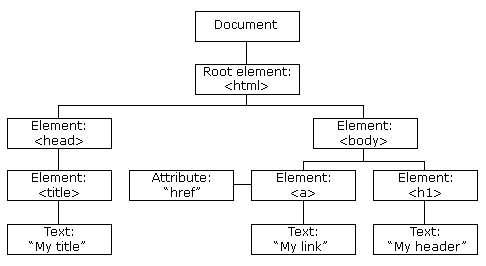Table Of Contents
🌐 Hello World in JavaScript — A Gentle Introduction to DOM Manipulation
Learning how to display “Hello World” on a webpage is a rite of passage for every web developer. But beyond this classic message lies a deeper understanding of how browsers work, how JavaScript interacts with the page, and how modern frameworks like React evolved. Let’s take a journey through the fundamentals together!
🧱 Step 1: Rendering “Hello World” with HTML
Before JavaScript, HTML was the only way to tell a browser what to render.
<html><body><div>Hello World</div></body></html>
When you open this file in a browser, it displays “Hello World” inside a <div>. The browser parses this HTML and builds something called the DOM (Document Object Model), which is a tree-like structure representing the page.

⚙️ Step 2: Adding Interactivity with JavaScript
Let’s go a step further and use JavaScript to manipulate that DOM:
<html><body><div>Hello World</div><script type="module">// Your JavaScript here</script></body></html>
This is where things get interesting. JavaScript allows us to modify, add, and remove elements on the page. It’s how we turn a static page into a dynamic application.
🏗️ Step 3: Creating the DOM Dynamically with JavaScript
Instead of writing the HTML directly, we can use JavaScript to generate it programmatically:
<html><body><script type="module">const element = document.createElement('div')element.textContent = 'Hello World'document.body.append(element)</script></body></html>
Now the entire content is built using JavaScript. This technique is useful when building dynamic interfaces — but it also shifts some of the rendering workload to the browser.
🧪 Let’s Practice: No React Just Yet!
Before diving into React, it’s crucial to understand how JavaScript creates and manipulates DOM nodes — because React does this under the hood for you.
🔨 Exercise: Create a
divwith the text"Hello World"using pure JavaScript and add it to the page.
<html><body><div id="root"></div><script type="module">// TO-DO</script></body></html>
Open this file in a browser and use DevTools to inspect the DOM. You’ll see your JavaScript-created div right there in the structure!
🧼 Bonus Challenge: Generate Everything with JavaScript
Usually, tutorials include an empty HTML element like <div id="root"></div> for JavaScript to hook into. But what if we skipped that and created even the root node ourselves?
Try this:
<html><body><script type="module">// TO-DO</script></body></html>
Now your page is entirely built using JavaScript — including the “root” element that frameworks like React usually expect to exist.
🧠 Key Takeaways
- HTML is used to define the page structure.
- JavaScript can dynamically generate and manipulate the DOM.
- React and other frameworks abstract this process, but it’s built on top of the same principles.
- Understanding these fundamentals will help you write better code and debug more effectively.
🚀 What’s Next?
You’re now ready to go deeper into how frameworks like React work behind the scenes. In upcoming lessons or projects, you’ll see how React handles DOM updates more efficiently, using a virtual DOM.
If you’re curious to apply this in a full-stack environment, tools like Remix let you combine server-rendered HTML and client-side interactivity using the same codebase.
By mastering the basics, you’re laying a strong foundation for becoming a confident web developer. Let’s continue leveling up — one line of code at a time! 💪
